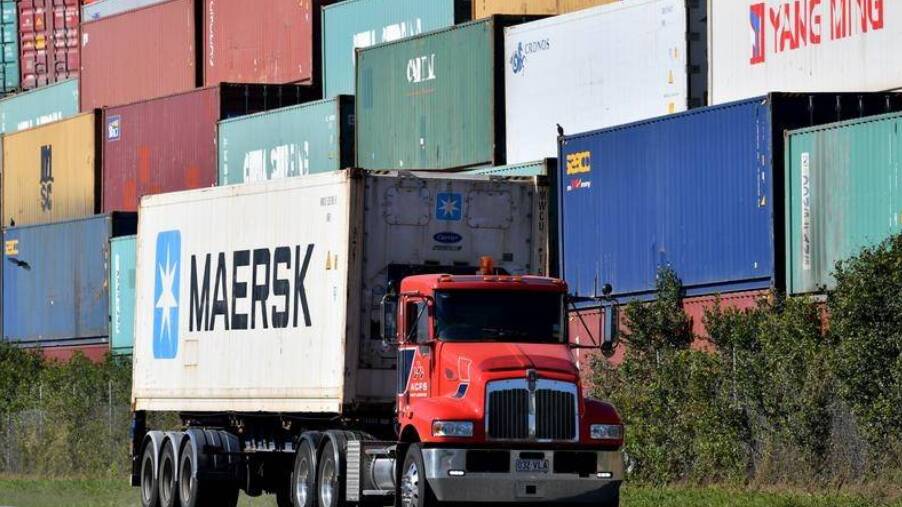
Tasmania has a shortage of heavy vehicle drivers, an industry body has found.
Subscribe now for unlimited access.
$0/
(min cost $0)
or signup to continue reading
The Tasmanian Transport Association says a study of the sector has found in addition to a driver shortage, the industry would struggle to attract, recruit, develop and retain the workforce needed to meet current freight demands and a predicted increase over the next three to five years.
Association executive director Michelle Harwood said it was crucial all stakeholders worked to address the challenges facing the industry.
In other news:
"Transport is the backbone of the Tasmanian economy, facilitating growth in key sectors of construction, agriculture, aquaculture and exports," she said.
Ms Harwood said connections with interstate ports and freight hubs was critical for Tasmanian businesses.
She said a lack of engagement between education and training providers had compounded the issues of attracting and retaining drivers.
"Industry does the heavy lifting in terms of workforce development with little support," she said.
Barriers to recruitment include age restrictions for heavy vehicle driver licences and the perception the industry was not a desirable career path option, Ms Harwood said.
She said there were health and wellbeing concerns with truck drivers in Australia having a 13-fold higher risk of dying at work than other employees.
The association will on Friday release Tasmanian Transport and Logistics Workforce Plan 2020-2023 and Safe Systems: Chain of Responsibility in Tasmanian Transport Chains report.
The release of the reports coincides with National Road Safety Week and can be found at https://www.tta.org.au.
What do you think? Send us a letter to the editor:


